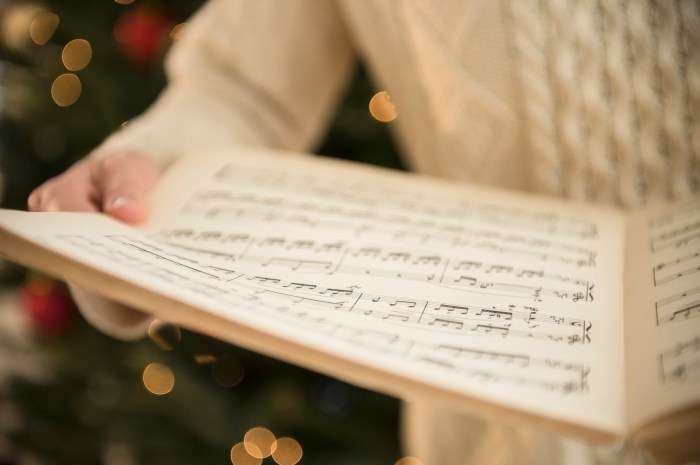By Prem Calvin Prashad
Extended until Nov. 2 at the Queens Museum of Art is a unique exhibit that combines faith and environmentalism. The museum exhibit, “Sacred Waters,” is a display of some of Hindu religious icons pulled from the shores of Jamaica Bay and restored. Sadhana: A Coalition of Progressive Hindus, was founded in October 2011 and includes members of the borough’s Indian and Indo-Caribbean communities.
In April, the group launched Project Prithvi, a grassroots green initiative that pledges to reduce waste stemming from traditional Hindu religious rites as well as take part in the stewardship of Jamaica Bay. The group meets on the first Saturday of every month until November for beach cleanups.
Jamaica Bay is in close proximity to South Queen’s massive Indo-Caribbean community. The act of worship at the water’s edge, called a puja, is a set of rites that involves the offering of food and items, such as saris and murthis (idols) to patron deities. The intention of this practice is to return these items to the Earth. Another common form of puja involves offerings made into agni – a sacrificial fire. Many Hindus seek a natural balance between fire (destruction) and water (soothing).
The exhibit features idols, some whole and some broken, pulled from the shore during the course of these cleanups. The exhibit, located in a hallway on the museum’s second floor, compares the idols to a new store-bought idol, giving visitors a sense of what the statuette looked like prior to its dumping. A plaque next to each idol explains that deity’s significance to Hindus. In addition, there is a diorama of debris found at the bay and an excerpt of documentary about cleanup efforts, playing on a loop.
A week into the exhibit, on Sept. 14, Sunita Viswanath, one of the co-founders of Sadhana, moderated a museum panel of community members and experts on the significance of the exhibit as well as the need for continued involvement in stewardship of the bay. Viswanath noted that the Hindu concept of seva (service) inspired Sadhana members to launch their clean-up initiative.
Sadhana co-founder Aminta Kilawan described the inspiration for Project Prithvi striking during an earlier cleanup of the bay.
“We saw the vast amount of Hindu offerings left at Jamaica Bay…it was very jarring,” she said.
Kilawan described their dismay at the sight of broken murthis and other materials, such as saris and aluminum pans.
“Part of Hinduism is to protect the environment, a lot of our pujas are meant to respect the environment,” she said.
The group has released some guidelines for “eco-friendly” worship that they hope local houses of worship will adopt. This includes using murthis of clay and taking offerings of fruit and rice back home, instead of leaving them in the bay. The group has also pledged to recycle bamboo sticks and saris.
Charles Markis, an interpretive specialist at Gateway National Recreation Area, explained the progress on clean-up efforts, from a veritable junkyard at the establishment of Gateway, to improving conditions. In his capacity as acting site manager, Markis works with local communities to accommodate worshipers of various faiths that utilize the bay.
“We want people to come and enjoy the bay,” he said. “However, leave no trace – take nothing, leave nothing.”
When asked about the impact on wildlife, Markis noted, “some of the offerings are fruit, which are not part of the natural diet of any of the wildlife in the bay.” Due to the preponderance of cantaloupe, pineapple and coconuts, “there is a huge colony of rats that thrive at the North Channel Bridge,” he said. These rats, as well as raccoons, lured by the fruit, adversely affect the natural wildlife of the bay through predation. Earlier this year, Sadhana “adopted” this beach as part of a partnership with the National Parks Service.
“We could be going out and ticketing people…but that isn’t really the relationship we want with the community,” Markis told the panel.
Dan Hendrick, a documentarian working on a project about the bay, described early photographs discovered in course of his research. “It looked like an underground parking lot,” he said.
Hendrick noted, however, that through awareness and the stewardship of the federal government, the bay has improved dramatically since then. A clip of Hendrick’s film currently plays as part of the exhibit.
Also on the panel was Pandit Rishi Latchana, a local Hindu priest that described the Vedic imperative to care for the environment; retired engineering professor Dr. Sankar Sastri, who started a sanctuary for cows in Pennsylvania; and Hemma Kilawan, a sophomore at Townsend Harris High School.
who serves as a volunteer coordinator for Sadhana’s cleanups.
Sacred Waters runs through Nov. 2 at the Queens Museum of Art. For more information about volunteering, visit sadhana.org



































